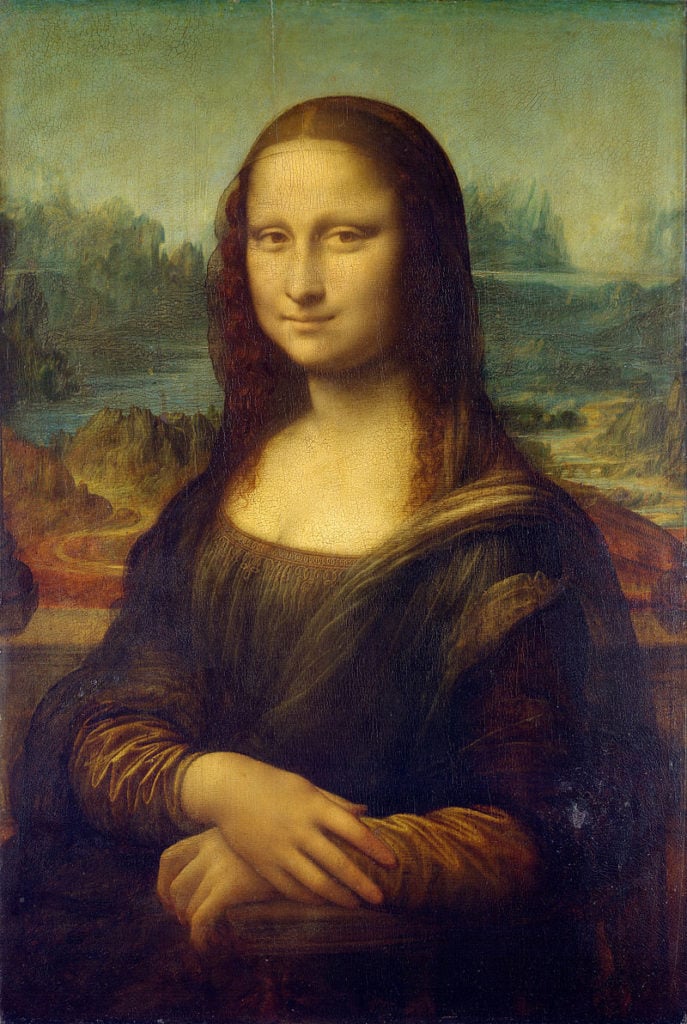Art World
Scientists Decode the Mysterious ‘Mona Lisa’ Smile Once and for All
Apparently the 'Mona Lisa' is happier than we thought.

The world has long been captivated by Leonardo da Vinci’s Mona Lisa and the subject’s enigmatic expression. Part of the famous painting’s widespread appeal is said to be its ambiguity, but participants in a new scientific study almost universally agreed that the portrait’s subject is unequivocally happy.
The study, conducted by neuroscientists at the University of Freiburg, paired a black-and-white version of the Mona Lisa with eight manipulated versions of the image in which the angle of the mouth had been adjusted so that four looked sadder and the others happier. The nine copies were shown to participants in random order 30 times, and the original painting was judged to be happy no less than 97 percent of the time.
“We really were astonished,” study co-author Juergen Kornmeier told Agence France Presse. “There may be some ambiguity in another aspect … but not ambiguity in the sense of happy versus sad.”
Of course, this isn’t the first time that scientists have claimed to crack the da Vinci code, so to speak, when it comes to the painting’s subtle expression. In 2015, scientists from the UK’s Sheffield Hallam University claimed that Leonardo had developed a technique for an “uncatchable smile” that is visible only from certain angles, and almost seems to disappear when one looks too closely.
While the general consensus is that the Mona Lisa depicts Lisa Gherardini, the wife of a Florentine merchant, her true identity is still subject to debate. One possibility is that the portrait is based on Salai, a young man who was Leonardo’s apprentice—and maybe even his lover. Even more out there is the notion that the artist was depicting his own mother, and that she was a Chinese slave.
There are other theories swirling around the Renaissance masterpiece as well. Just last month, for instance, Jonathan Jones of the Guardian posited that the model might have has syphilis, and that the greenish tint to her skin reflects her sickness.
Follow artnet News on Facebook.
SHARE
Article topics






No comments:
Post a Comment